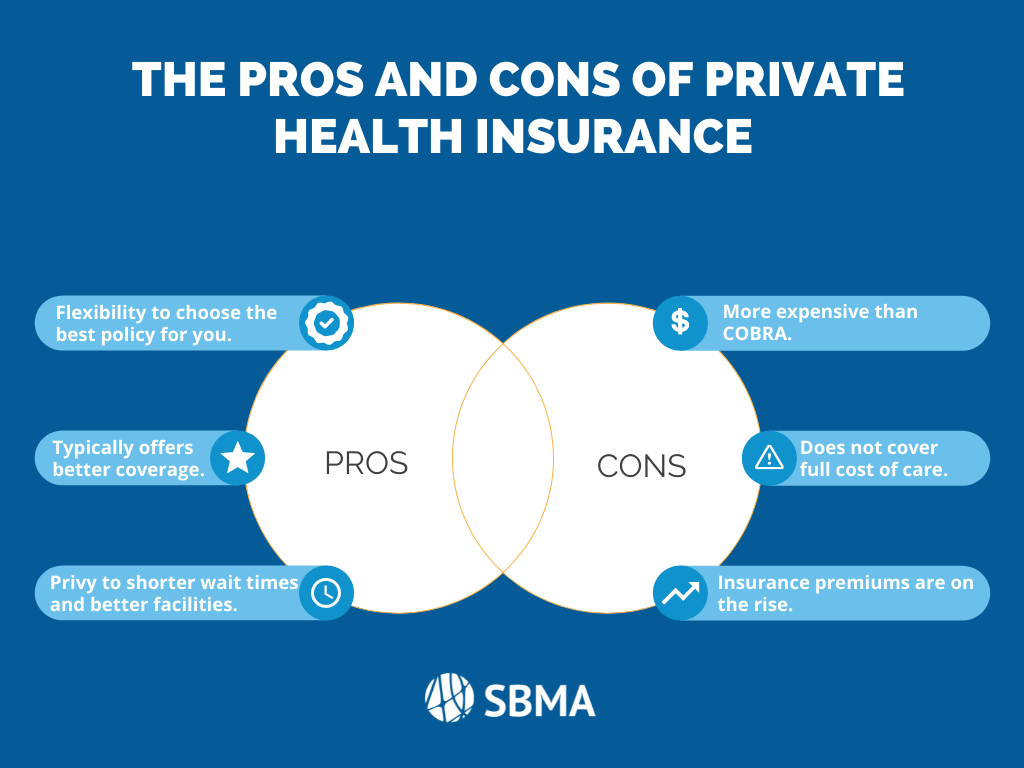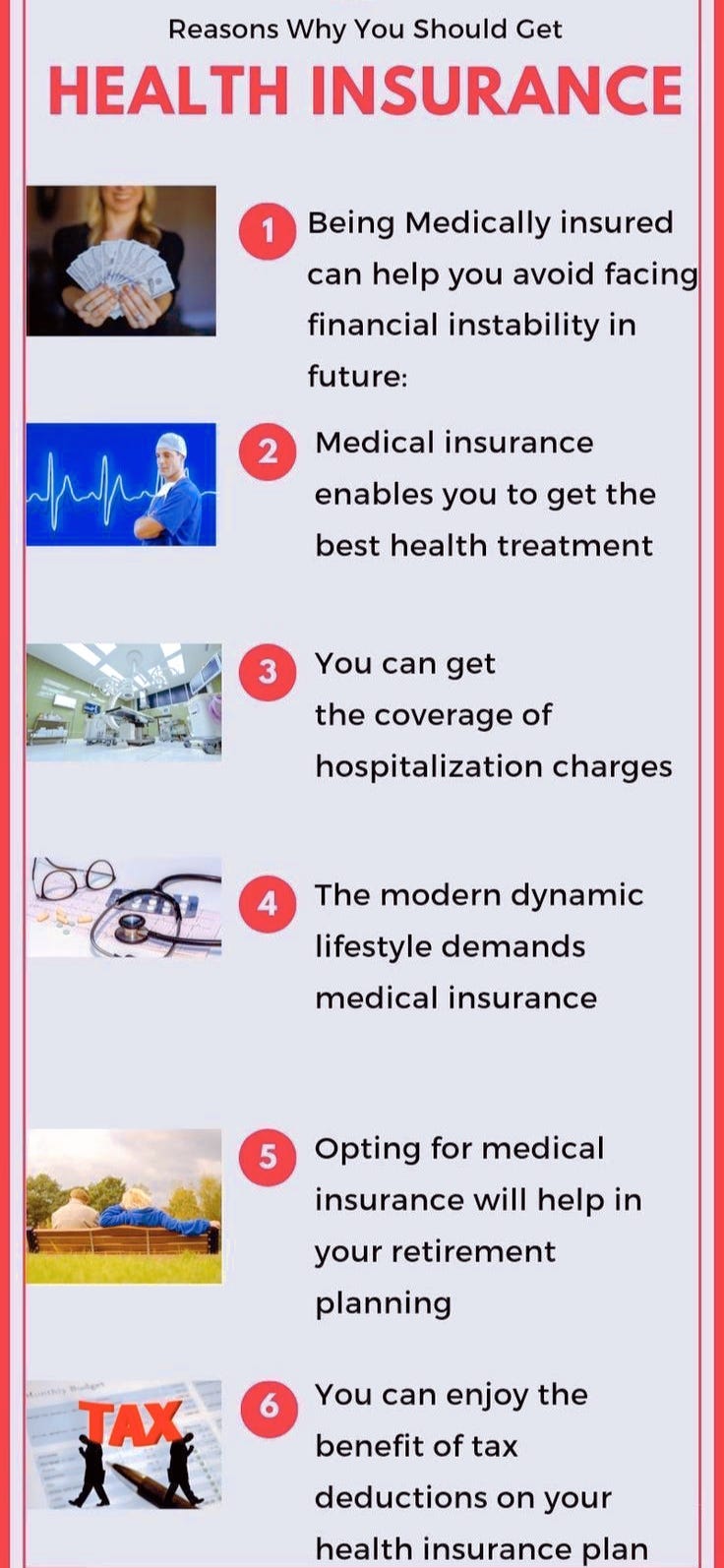The Of Medicare Advantage Agent
The Of Medicare Advantage Agent
Blog Article
Top Guidelines Of Medicare Advantage Agent
Table of ContentsThings about Medicare Advantage AgentLittle Known Facts About Medicare Advantage Agent.A Biased View of Medicare Advantage Agent

complies with from confusing the reasonably young age profile of the without insurance with the much better health and wellness, on average, of younger individuals. This obscures the web link between wellness condition and health insurance policy. For those without access to workplace wellness insurance coverage, poor wellness is a prospective barrier to acquiring nongroup coverage due to the fact that such protection might be very valued, exclude preexisting conditions, or be simply inaccessible. The number of without insurance Americans is not especially huge and has not transformed over the last few years. Seven out of 10 participants in an across the country representative survey assumed that fewer Americans lacked wellness insurance policy than really do(Fronstin, 1998). Approximately half(47 percent )thought that the variety of people without medical insurance reduced or continued to be constant over the latter half of the last decade(Blendon et al., 1999). This decline of practically 2 million in the number of people 'without insurance policy (a reduction
of around 4 percent)is absolutely a positive change. With a softer economy in 2000 the current reported gains in insurance coverage may not proceed(Fronstin, 2001 ). The decline in the number of uninsured will certainly not continue if the economic climate continues to be slow and health and wellness treatment prices continue to surpass rising cost of living. This is due to the fact that the data were accumulated for a period of strong economic performance. Of the estimated 42 million people that were without insurance, all however concerning 420,000(regarding 1 percent)were under 65 years old, the age at which most Americans come to be eligible for Medicare; 32 million were adults between ages 18 and 65, about 19 percent of all grownups in this age; and 10 million were kids under 18 years of age, regarding 13.9 percent of all kids (Mills, 2000). These quotes of the number of persons without insurance are created from the annual March Supplement to the Current Population Study (CPS), conducted by the Demographics Bureau. Unless or else kept in mind, national estimates of individuals without wellness insurance and proportions of the population with different type of protection are based upon the CPS, the most widely utilized source of quotes of insurance coverage and uninsurance prices. These studies and the price quotes they produce are explained briefly in Table B. 1 in Appendix B - Medicare Advantage Agent. These surveys differ in dimension and tasting approaches, the questions that are asked regarding insurance
Not known Factual Statements About Medicare Advantage Agent
coverage, and the moment duration over which insurance policy protection or uninsurance is gauged(Lewis et al., 1998, Fronstin, 2000a ). Still, the CPS is specifically valuable because it generates annual price quotes fairly quickly, reporting the previous year's insurance policy protection approximates each September, and because it is the basis for a consistent set of quotes for even more than 20 years, enabling analysis of patterns in insurance coverage with time.

Medicare Advantage Agent for Dummies
Over a three-year period starting early in 1993, 72 million individuals, 29 percent of the U.S. populace, were without protection for at the very least one month. Within a single year(1994), 53 million people experienced at the very least a month without protection(Bennefield, 1998a). Six out of every 10 without insurance grownups are themselves employed. Functioning does boost the chance that one and one's family participants will have insurance policy, it is not an assurance. Also members of family members with 2 full time breadwinner have virtually a one-in-ten chance of being uninsured (9.1 percent uninsured rate)(Hoffman and Pohl, 2000 ). The partnership between wellness insurance policy and accessibility to care is well developed, as documented later on in this phase. Although the connection in between health insurance coverage and wellness end results is neither direct nor straightforward, an extensive scientific and wellness solutions research study literary works links medical insurance protection
to improved access to care, much better quality, and enhanced individual and populace wellness standing. The second record, on individual health outcomes for uninsured grownups, is represented by the inner circle of the figure, while the third report, on family members wellness, includes the topics of the 2nd report but emphasizes a various system of analysis, namely, the family. The 6th record in the collection will offer information concerning approaches and campaigns carried out locally, statewide, or country wide to address the absence of insurance coverage and its negative impacts. Degrees of evaluation for checking out the impacts of uninsurance. This discussion of health and wellness insurance coverage concentrates mostly on the united state populace under age 65 because practically all Americans 65 and older have Medicare my link or other public protection.
Additionally, it focuses particularly on those without any type of medical insurance for any type of size of time. The troubles faced by the underinsured are in some areas similar to those faced by the uninsured, although they are usually less serious. Uninsurance and underinsurance, nevertheless, entail definitely various plan concerns, and the strategies for resolving them might vary. Throughout this research and the five reports to comply with, the primary emphasis is on persons with no wellness insurance coverage and hence no aid in spending for healthcare beyond what is available through charity and safety net organizations. Medical insurance is an effective aspect influencing invoice of care because both people and medical professionals react to the out-of-pocket price of solutions. Medical insurance, nevertheless, is neither required neither adequate to get to clinical services. The independent and straight impact of health
insurance coverage on access accessibility health health and wellness is well established. Others will certainly acquire the health care they require even without health insurance, by spending for it out of pocket or seeking it from suppliers who provide treatment cost-free or at highly subsidized prices. For still others, medical insurance alone does not make certain receipt of treatment due to the fact that of other nonfinancial obstacles, such as an absence of healthcare carriers in their community, restricted access to transport, illiteracy, or linguistic and cultural differences. Formal research study concerning without insurance populations in the United States dates to the late 1920s and early 1930s when the Board on the Price of Medical Treatment produced a series of reports about financing physician workplace brows through and hospitalizations. This concern came to be prominent as the numbers of clinically indigent climbed during the Great Clinical depression. Empirical researches continually support the web link between access to care and enhanced wellness end results(Bindman et al., 1995; Starfield, 1995 ). Having a routine resource of care can be thought about a predictor look at this web-site of access, instead of a direct action of it, when wellness results are themselves made use of as access indicators. This extension of the notion of accessibility dimension was made by the IOM Board on Checking Access to Personal Health And Wellness Treatment Provider(Millman, 1993, p. Whether or not moms and dads are insured appears to affect whether or not their children get care along with just how much careeven if the kids themselves have protection(Hanson, 1998). The health and wellness of moms and dads can affect their capacity to take care of their kids and the level of household stress. Fretting regarding their kids's access to care is itself a resource of tension for moms and dads. 3 chapters follow in this report. Chapter 2 gives a summary of exactly how employment-based health and wellness insurance, public programs and private insurance coverage run and interact to provide extensive but insufficient protection of the united state population. This includes an evaluation of historic trends and public laws impacting both public and personal click over here now insurance coverage, a discussion of the communications among the various kinds of insurance, and an exam of why individuals relocate from one program to another or finish up

Report this page